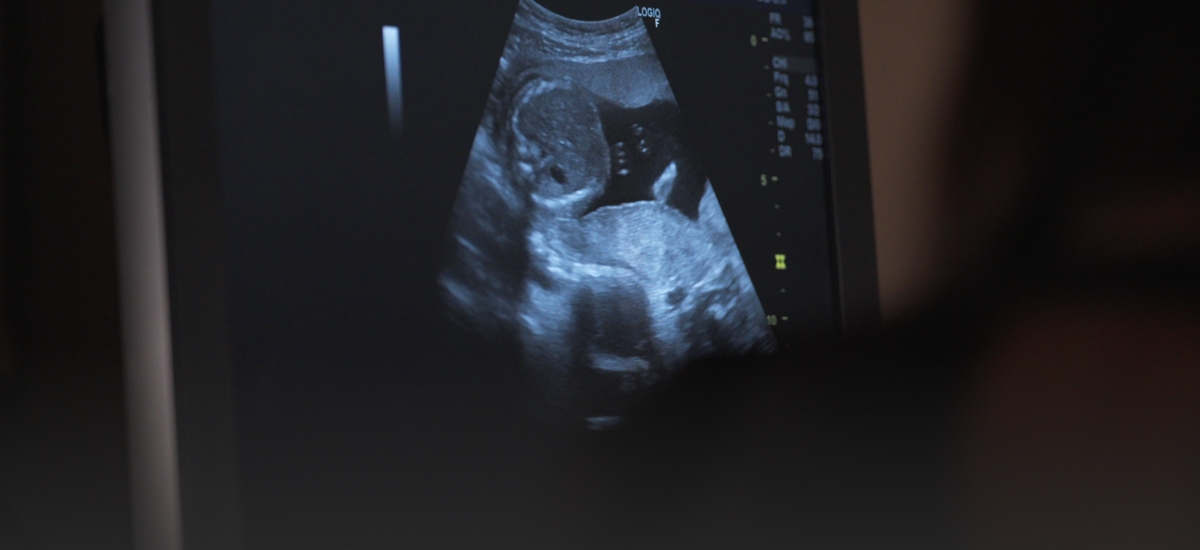Published on 8 April 2024
At National University Hospital, experimental in-utero gene therapy offers promise in treating incurable diseases for unborn babies.
Gene therapy — a technique that modifies an individual’s genes to treat disease — might soon become a lifesaving therapy for unborn children diagnosed with an incurable disease. Addressing the underlying factors of genetic diseases during pregnancy has the potential to improve health outcomes for unborn children and offer them a better quality of life.
At National University Hospital (NUH), researchers who focus on treating babies before birth using in-utero gene therapy have seen encouraging results at the preclinical animal-modelling stage. Researchers are focusing on two diseases. The first is Beta thalassaemia, a blood disorder marked by reduced haemoglobin production, leading to anaemia. The second is Haemophilia, another genetic blood disorder resulting in improper blood clotting.
“Though in-utero gene therapy is not yet in clinical use, we have worked on animal models of beta thalassaemia major and haemophilia. We hope to treat these diseases and others, such as spinal muscular atrophy, through in-utero gene therapy in the near future,” said A/Prof Citra Mattar, Senior Consultant, Division of Maternal Fetal Medicine, Department of Obstetrics and Gynaecology, NUH.
Life-changing technology
Prof Citra shared that the gene therapies that her team are studying have the potential to be game changers in foetal medicine. They could improve survival and health outcomes for offspring affected by otherwise incurable conditions.
“About four to five per cent of Singapore population are carriers of the thalassaemia gene, for example,” Prof Citra explained, adding that carrier screening could assist in better predicting the number of pregnancies that may benefit from in-utero gene therapy.
For other conditions such as spinal muscular atrophy, the number of children born with the disease depends on the proportion of people with a specific recessive genetic variant. Prof Citra noted that the spinal muscular atrophy gene is carried by two per cent of the population.
Risks versus benefits
While promising, there are risks involved in in-utero gene therapy. These include unwanted immune system reactions to a vector – a carrier that transports therapeutic genes into the developing foetus. There is also the risk of “wrong cell targeting”. This happens when therapeutic genes are not delivered to the intended cells, resulting in ineffective treatment or unintended changes in other cells.
Absolute precision is essential. When carried out without precise control, gene therapy also has the potential to influence a baby's growth and cause “bystander effects” on the mother. For example, if therapeutic genes affect adjacent tissues or maternal cells, this may lead to unintended changes in the mother's biological processes.
These risks should not be taken lightly, requiring doctors and parents to carefully consider several factors when assessing the suitability of a foetus for in-utero gene therapy.
- How the child is likely to be affected by the disease
- How early the disease manifests at foetal and childhood stages
- How aggressive the disease is known to be
- Availability of postnatal curative therapies
- How much more costly it will be compared to prenatal gene therapy
Additionally, parents will need to decide if the benefits of an earlier in-utero procedure outweigh the risk of miscarriage and the benefits of a postnatal procedure. Nonetheless, the horizon looks promising for in-utero gene therapy.
“With gene therapy, we have a great body of evidence on safety and effectiveness in foetal animal models, and clinical trials treating very small children,” Prof Citra said.

